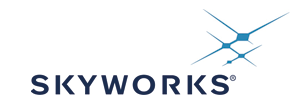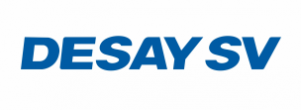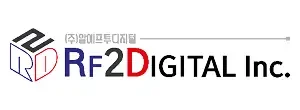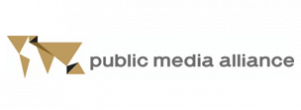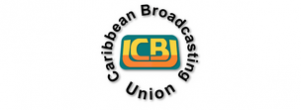Association of Radio Operators for India (AROI) is the official association of the private commercial radio stations in India. process made up of 28 commercial radio stations. At present, these commercial radio stations are broadcasting in analogue FM and it is understood that they cover about 40% population of the country. The DRM Consortium has just joined AROI as a full member.
The Annual General Meeting (AGM) of the association was held in New Delhi on 11th July 2019 under the chairmanship of Ms Anuradha Prasad, President AROI.
Considering that there is a definite need to introduce digital radio broadcasting in India to effectively utilise the spectrum in VHF-II band for Radio broadcasting, to provide diverse content and other value-added services to radio listeners, the regulator, Telecom Regulatory Authority of India (TRAI) had recommended on 1st Feb 2018 that the commercial radio sector should be allowed to provide digital radio broadcasting services within the existing frequency band of 88 –108 MHz used for FM radio broadcasting. The recommendation was to use and auction the 200 KHz bandwidth spectrum between two allocated FM frequencies in the VHF-II band, without disturbing existing analogue FM transmissions. Mr Amit Khare, Secretary Ministry of Information & Broadcasting, while addressing the AROI members emphasised how important it is for the commercial radio stations to start digital terrestrial radio broadcasting in India.
While speaking at the meeting, Yogendra Pal, Hon Chair of the DRM India Chapter, outlined the advantages of the DRM system for digital broadcasting in the FM band. He said that 6 audio channels, each with value added text and multimedia services, can be broadcast in DRM digital while respecting the recommended 200 kHz bandwidth use, against only one audio channel in analogue FM. He further added that DRM FM is much more energy efficient than analogue FM and the area which is covered by a 10 kW analogue FM transmitter can be covered by just 1kW digital power by DRM FM. He added that the DRM system adopted by All India Radio (AIR) for digital broadcasting in Medium Wave (MW) and Short Wave (SW) bands, fully meets the TRAI recommendations for digital broadcasting in FM band as well. He added that the large digital receiver system already developed in India can easily be upgraded to receive digital DRM in FM band, too. He mentioned that software Apps for DRM digital reception in mobile phones is ready and that, during discussions with mobile phone manufacturers, it was learnt that once the policy for digital broadcasting in FM band is announced by the Government they may consider extending digital output of the inbuilt FM tuner for DRM digital reception in mobile phones.
Some of the members raised the concern that since commercial radio stations are not permitted to covert news and sports, in digital they would have to go for more music channels. This would further increase the cost of music royalties. At the same time digitisation would require new investment in transmitter infrastructure, production costs and license fees for new frequencies etc. Some of the participants suggested that Government may give them incentives for going digital and each licensed commercial radio station may be allocated a frequency, totally free of charge, for digital broadcasting.
Considering that AIR has already installed 35 MW DRM digital transmitters, which will cover about 60% population of the country once they start operating in pure DRM digital mode, Yogendra Pal suggested that to start with commercial stations might approach the Government/Prasar Bharati/AIR to be allowed to carry their programmes on one of the additional channels available on the digital MW network. This could be a win win opportunity for AIR and the commercial stations to popularise digital broadcasting in India without any of the additional expenditure necessary for creating a new transmitting infrastructure.


